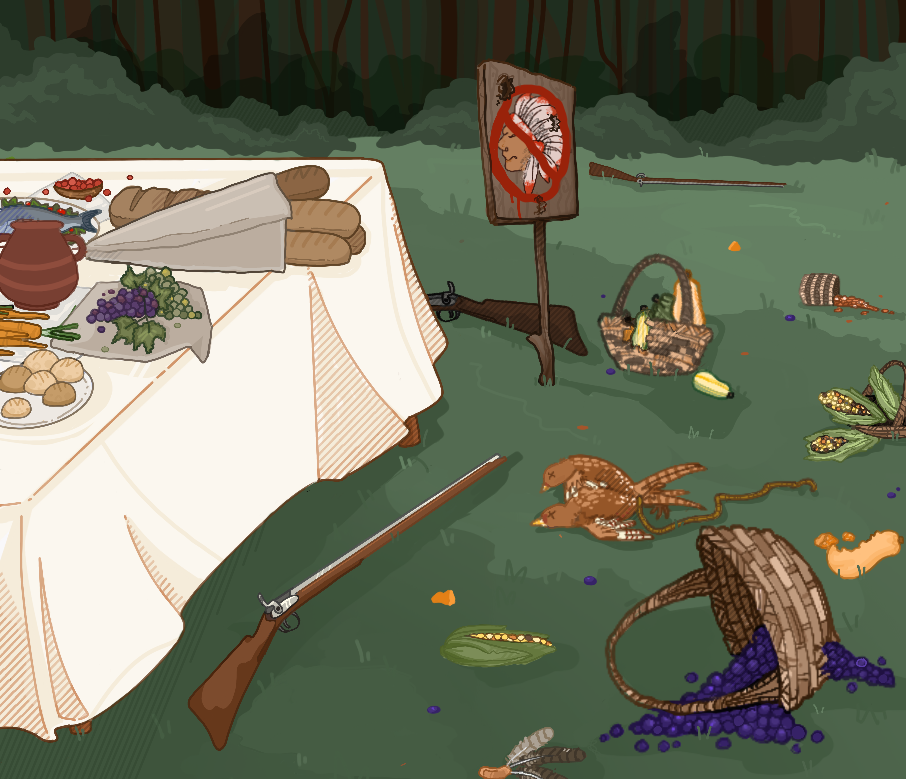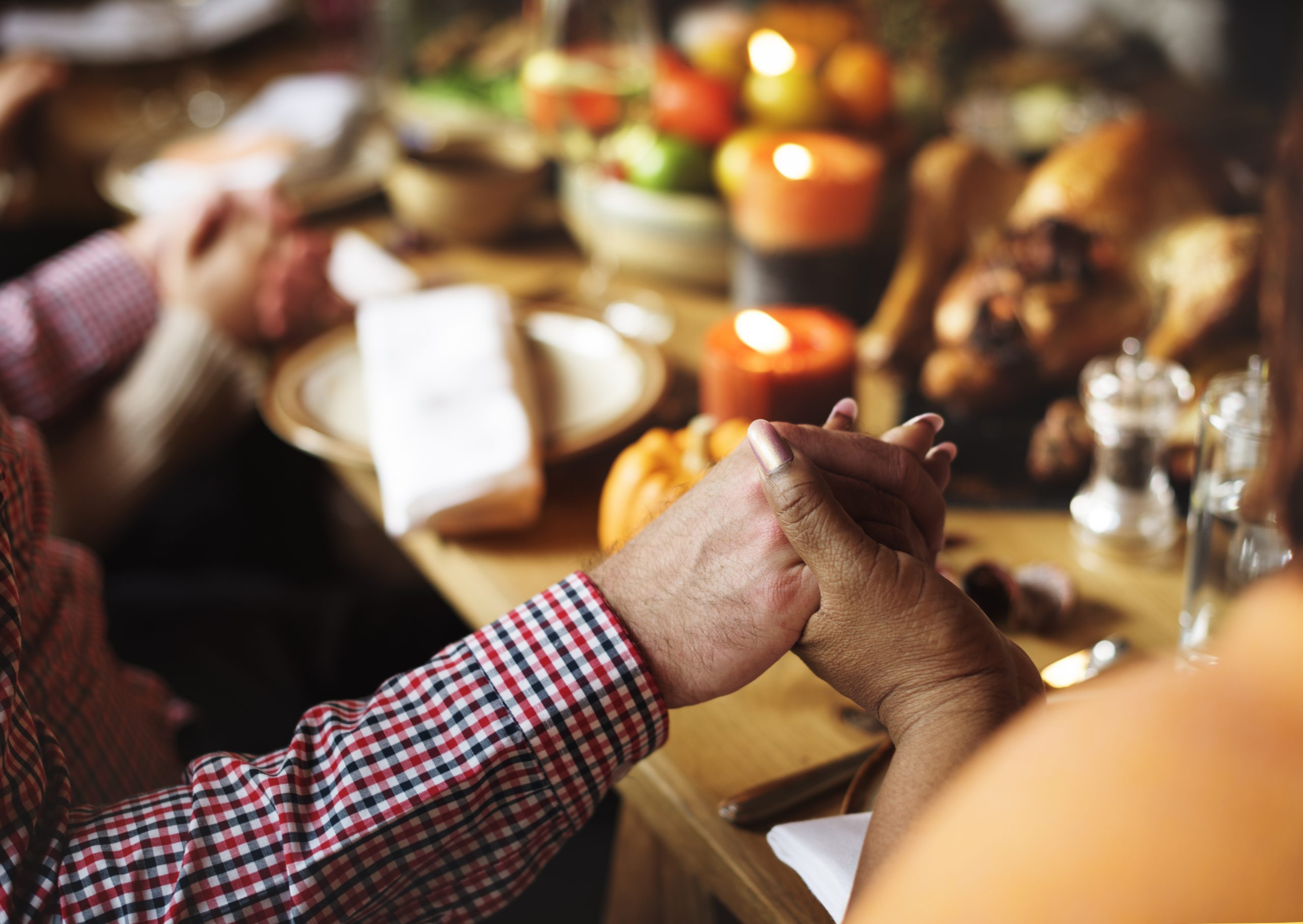
Thanksgiving is a favorite holiday for many people throughout the nation. It is a time where family and friends can share food and be at peace with one another.
It is widely known for being a day full of delicious home-cooked meals that will have families feasting and full for hours.
Although this day may seem like a holiday rooted in peace, love and happiness, the history behind it is quite the opposite. American grade schools teach children about a supposed great feast between the Native Americans and the Pilgrims.
Teachers claim it was a beautiful reunion of two cultures that set their differences aside and became friends. This union between settlers and Natives in 1621 was the most notable Thanksgiving and lasted for three days.
What textbooks forgot to mention was what happened the day before and after this three-day feast.
The famous Thanksgiving at Plymouth brought out a crowd that was quite larger than the modern Thanksgiving celebration. It included about 90 Wampanoag Indians, but only 53 Pilgrims because the journey on the Mayflower resulted in many pilgrims suffering from sickness, disease and starvation.
Before receiving this help, settlers remained on the ship in an attempt to stay safe, but the boat became a breeding ground for all kinds of contagious diseases such as scurvy. The settlers finally moved inland onto shore in the spring and were greeted by friendly and English-speaking Natives.
With the help of a man named Squanto from the Pawtuxet tribe, the rest of the pilgrims barely survived the first winter. After they met, the Natives taught them how to grow crops, fish, hunt and avoid poisonous plants.
Squanto would help them survive and make alliances with local tribes such as the Wampanoag tribe.
This alliance was good between the settlers and the people of Wampanoag as it would last for over 50 years. It served as an excellent example of the peace that colonists and Native Americans shared centuries ago.
Finally, in November of 1621, the Pilgrims would see the fruits of their labor after finally having a successful breakthrough with their corn harvest. This feat would spark a celebration, organized by Governor William Bradford, which became the basis of the “first Thanksgiving” for America.
Many Thanksgiving menus today look quite different from the very first one back in 1621. Today many people indulge in various foods such as turkey, ham, macaroni and cheese, greens and homemade pumpkin pie.

During this celebration in 1621, turkey, amongst other foods families eat today were not included in this feast due to a lack of resources and technology. Historians have suggested that the pilgrims likely ate deer, lobsters and corn as these were common foods that colonists ate during this period in time.
After the feast, though, tensions began to rise between colonists and Natives as the colonizers increasingly asserted more power over the land over time.
This increase in power also brought a rise of diseases that significantly reduced the Native American population. Native Americans suddenly faced an epidemic of what settlers would call the “Indian fever.”
Years later, in 1623, the Pilgrims would celebrate Thanksgiving again, but there was no feast. For them, it was a day to give thanks, pray and fast throughout the day.
In response to the deaths of influential Native Americans, warriors from the Wampanoag tribe would find themselves in the middle of a war declared by the New England Confederation of Colonies in 1675.
The Wampanoag would not fight alone as nearby tribes would join in on the war as well.
This war was a brutal and bloody battle as the number of Native Americans and English men who died had severely impacted the population.
This war severed the remaining ties between the same people who shared a meal once before.
Years later, though, Thanksgiving would finally be recognized as a national holiday thanks to Abraham Lincoln. Although many had suggested the idea before Lincoln, he was the only one who took steps to make it a nationally recognized holiday in 1863.
Today, many people have considered giving this holiday a new name to represent the events centuries ago. Many feel that this holiday no longer represents people coming together as one, but rather the separation between two cultures that will last a lifetime.
